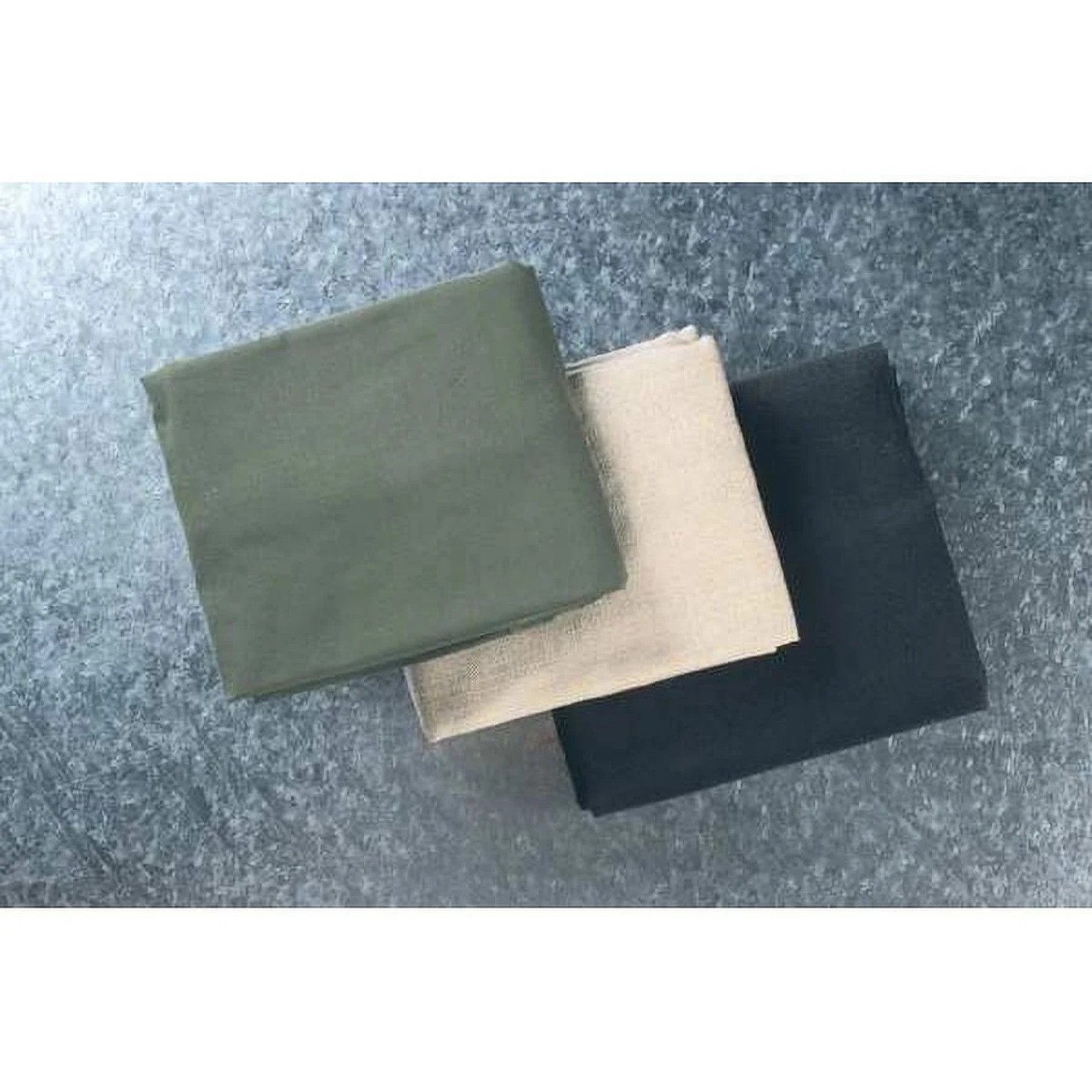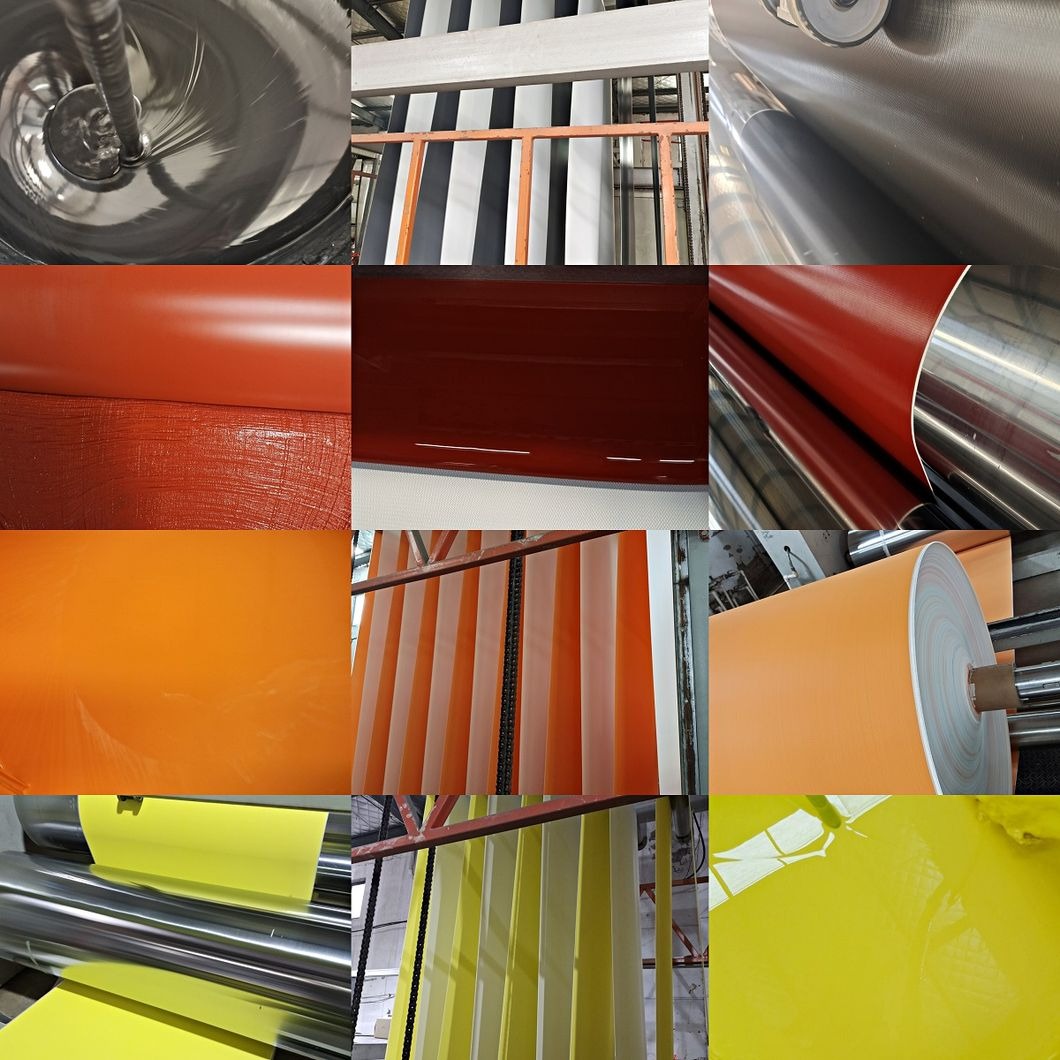Heat Blankets for Welding: Essential Tools for Controlled Heating & Cooling
Heat blankets for welding provide precise temperature control during preheating, post-weld heat treatment (PWHT), and stress relieving. These flexible heating solutions improve weld quality, prevent cracking, and ensure compliance with industry standards across various metalworking applications.
What Are Heat Blankets for Welding?
Heat blankets for welding are specialized electric heating devices designed to wrap around pipes, vessels, or structural components. They maintain consistent temperatures before, during, and after welding operations. Unlike traditional torch heating methods, welding heat blankets offer:
- Uniform heat distribution across the entire weld zone
- Precise temperature control (±5°F typical)
- Repeatable results for critical applications
- Improved safety compared to open flame methods
Key Benefits of Using Heat Blankets in Welding
When you use heat blankets for welding, you gain several technical advantages that directly impact weld quality:
- Prevents hydrogen cracking:Proper preheating drives out moisture that causes hydrogen-induced cracking
- Reduces residual stresses:Controlled cooling rates minimize distortion and internal stresses
- Improves metallurgical properties:PWHT enhances toughness in the heat-affected zone (HAZ)
- Saves time and energy:Faster heat-up times compared to furnace treatments
- Meets code requirements:Essential for ASME, API, AWS, and other welding standards
Types of Welding Heat Blankets
Choose the right heat blanket for your welding application:
- Silicone rubber blankets:Most common type, flexible up to 450°F (230°C)
- Fiberglass blankets:Higher temperature range (up to 1200°F/650°C)
- Ceramic fiber blankets:For extreme temperatures (up to 2000°F/1100°C)
- Custom-shaped blankets:Designed for specific pipe diameters or complex geometries
- Insulated blankets:Reduce heat loss and improve energy efficiency
How to Use Heat Blankets for Welding
Follow these steps for effective heat blanket application:
- Clean the weld area thoroughly
- Position thermocouples according to procedure requirements
- Wrap the heat blanket snugly around the workpiece
- Secure with straps or fasteners (avoid compressing heating elements)
- Connect to a temperature controller
- Program the heating/cooling cycle per your WPS (Welding Procedure Specification)
- Monitor temperatures throughout the process
Selecting the Right Heat Blanket
Consider these factors when choosing heat blankets for welding:
- Temperature range:Match to your material's requirements
- Size and shape:Must cover the entire heat treatment zone
- Power requirements:Available voltage and amperage at your site
- Durability:Resistance to weld spatter, oils, and chemicals
- Controller compatibility:Digital vs. analog control systems
Maintenance and Safety Tips
Extend the life of your welding heat blankets with proper care:
- Store rolled or flat - never fold heating elements
- Inspect for damage before each use
- Keep away from sharp edges and weld spatter
- Use insulation covers to protect blankets in dirty environments
- Follow manufacturer's guidelines for repairs
- Always disconnect power before handling
Advanced Applications
Heat blankets for welding solve complex challenges in:
- Pipeline welding:Circumferential heating of large diameter pipes
- Pressure vessel fabrication:Localized heat treatment of welds
- Shipbuilding:Thick plate welding applications
- Power generation:Critical welds in boilers and turbines
- Aerospace:Precision heating for exotic alloys
By incorporating heat blankets into your welding processes, you achieve consistent, code-compliant results while improving efficiency and weld quality. Modern heat blanket systems with digital controllers provide the precision needed for today's demanding welding applications.






